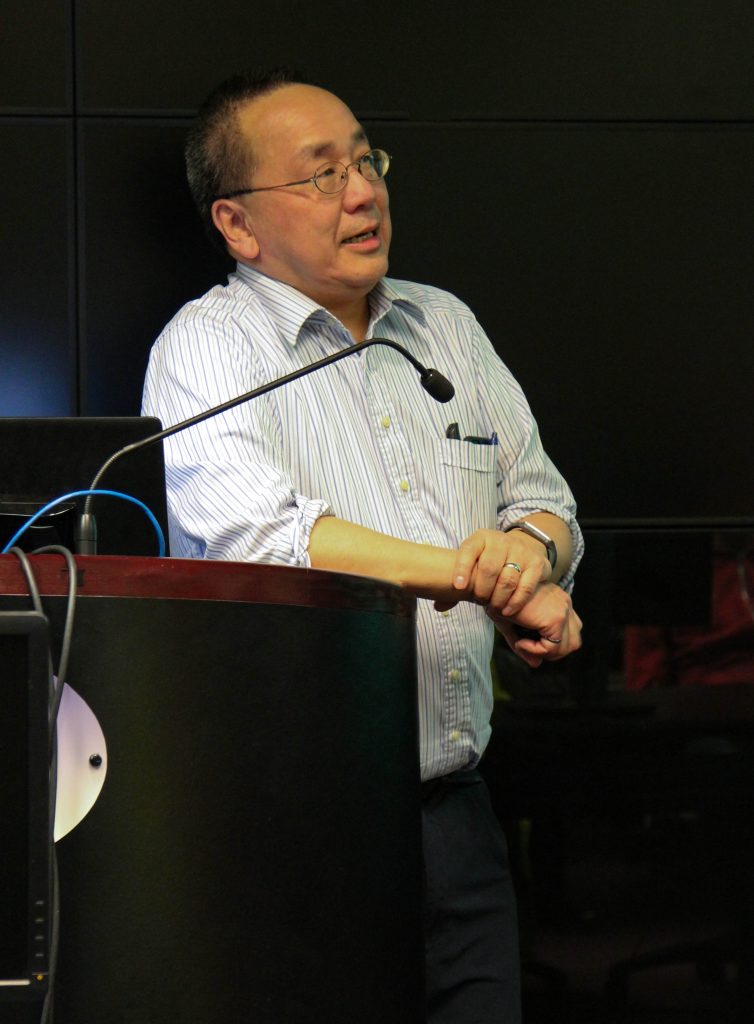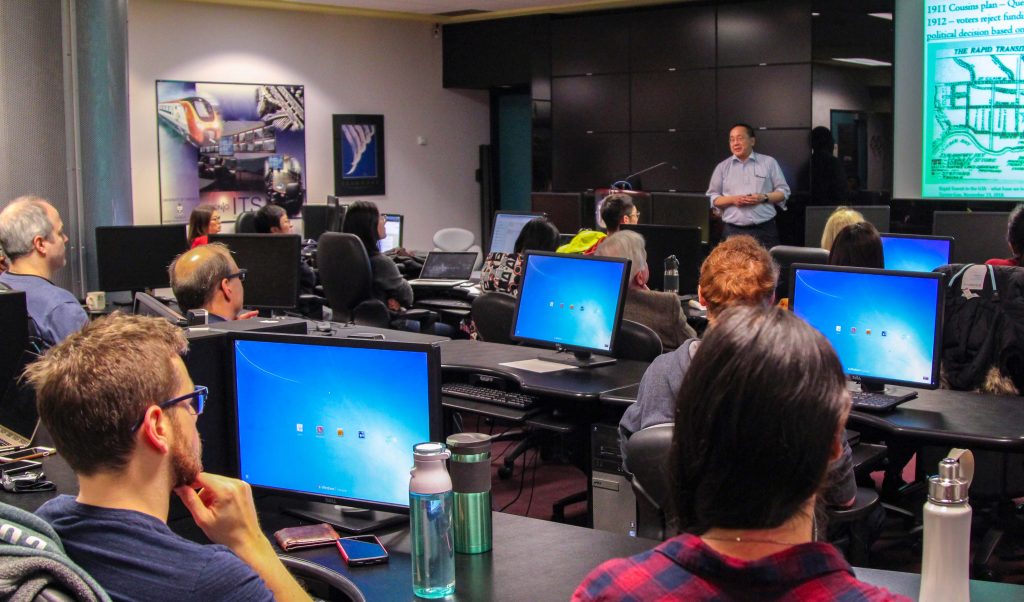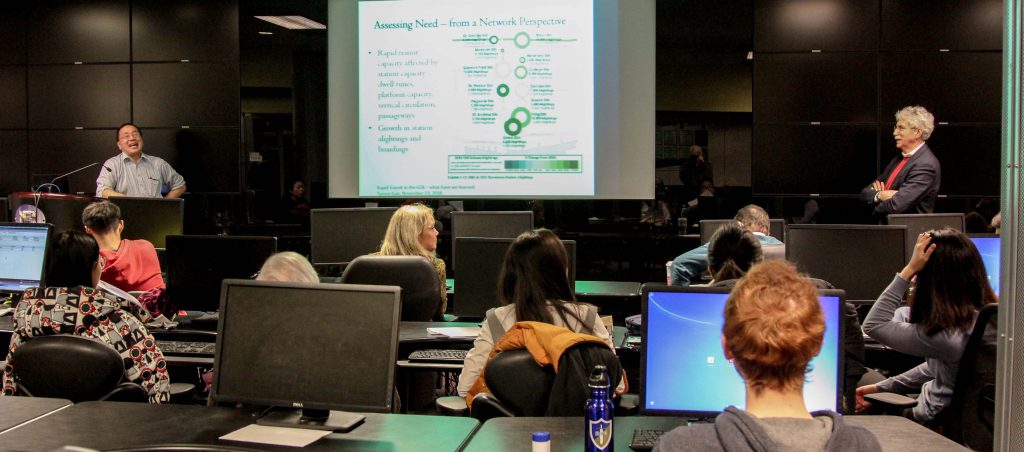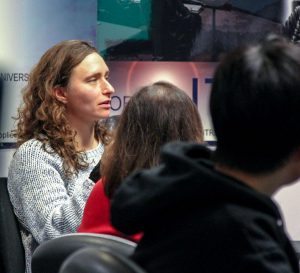
Tyrone Gan, Senior Vice President at HDR Corporation and University of Toronto alumnus, gave a fascinating talk about lessons transportation professionals should learn from one hundred years of history of the Toronto Relief Line.
Presented as part of the UT-ITE seminar series, Gan’s November 23 talk “Rapid Transit Planning in the GTA – What Have We Learned?” was attended by a huge audience of professors, postdocs, graduate students, alumni and visitors.
Gan prefaced his talk with a disclaimer that all opinions he expressed were his own.

Rapid transit a 100-year investment
The history of rapid transit planning in the GTA is characterized by the continuing evolution of proposed plans. Having been involved with the Downtown Relief Line for many years, Tyrone Gan used it as a case study, and described how the Relief Line has changed over time, from 100 years ago to where it is today. He also explained the holistic approach (to Relief Line planning) currently being used, which has three main evaluation criteria:
- Serving people
- Strengthening places
- Supporting prosperity.
After 100 years, City council finally approved alignment of the relief line which reflects extensive consultation and an holistic approach.

Transit projects more than transportation projects
Gan pointed out many lessons learned from study of the Relief Line’s history. He believes that transit planning focus should extend beyond transit relief and increase in ridership. Transit planning affects how we plan for major transportation investments and policies in terms of land-use forecasting, travel demand forecasting, and synergies between land-use and travel demand. Therefore, transit projects are more than transportation projects for satisfying future travel demand – they also impact cities in other important ways:
- City building and shaping the city
- Shaping travel demand
- Economic benefits and impacts
- Environmental benefits and impacts
- Social equity, benefits and impacts to the community
Engagement and support crucial to project success
Gan concluded that transit project success depends on public and stakeholder engagement. In his opinion, ideal engagement involves two-way communication, willingness to understand and empathize, and willingness to change and get a better project.
Gan underlined the necessity of securing both public and political support for the successful planning, funding and implementation of transit projects.
Before taking questions, Gan shared his opinion that transportation professionals have, through their work, the opportunity to do good and create a better society.



We thank Tyrone Gan for agreeing to share his presentation PDF file with us here.
Abstract
Rapid transit planning in the GTA has historically been characterized by grand plans, little plans, revised plans, ad hoc plans, abandoned plans, and new grand plans. Taking the Downtown Relief Line as a case study, having been involved with the Relief Line for many years, Tyrone describes how the Relief Line has evolved over time – from 100 years ago to where it is today. He also outlines how transit planning has evolved over time, from a focus on transit relief and ridership, to a more holistic view of how transit can contribute to the overall economic, social, and environmental well-being of society.
Short Biography

Tyrone Gan is a Senior Vice President at HDR Corporation, responsible for the transportation practice in Canada. He currently manages: Eglinton East LRT concept design for City of Toronto; extension of Hurontario LRT into Brampton; Greater Golden Horseshoe transportation study for MTO; Relief Line South TPAP for TTC and City of Toronto; and Relief Line North TPAP for Metrolinx.
He is a proud University of Toronto Skule graduate with a BASc (1975) and MASc (transportation planning) (1977). Tyrone Gan has worked for a variety of firms, and is also an entrepreneur. His career spans four decades and has included work on many high-profile projects such as Highway 401, the Don Valley Parkway, and Highway 407 in Ontario, and the West LRT in Calgary. He started his own company, iTRANS, in 1996, and in 2009 merged with HDR.
